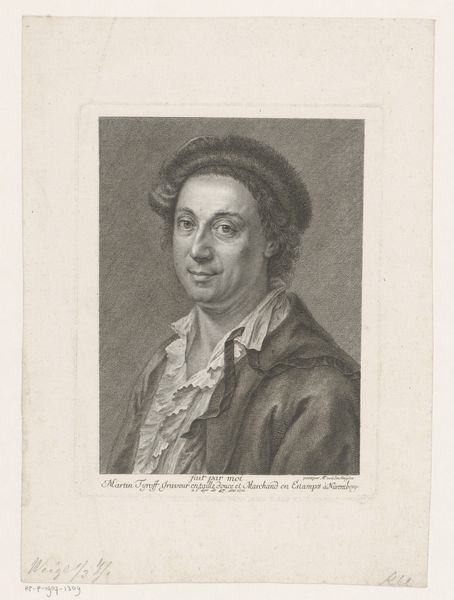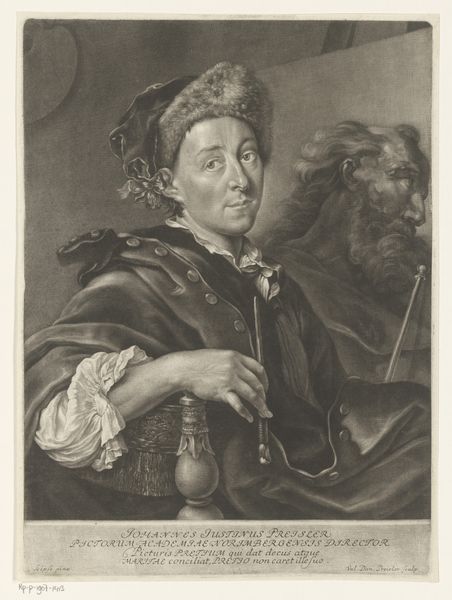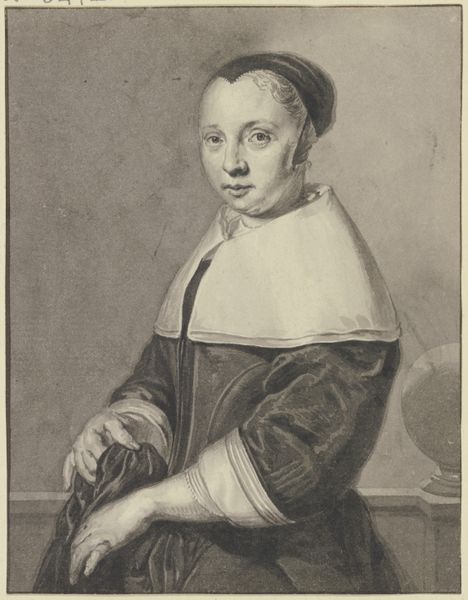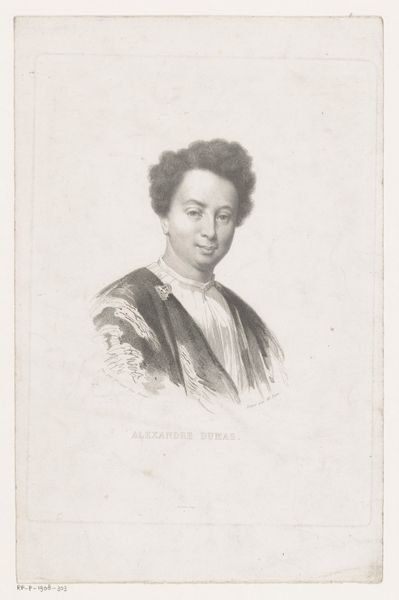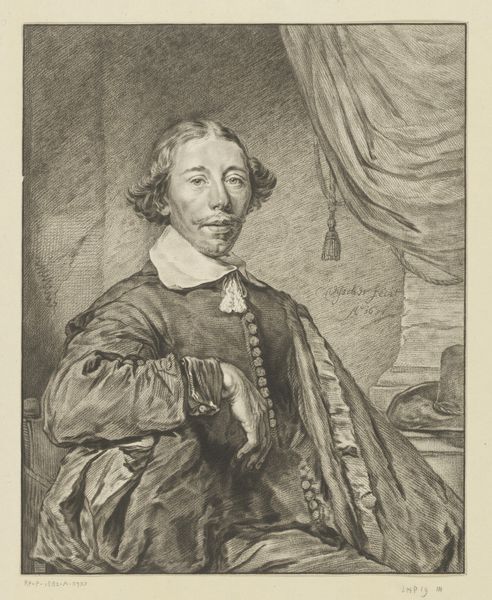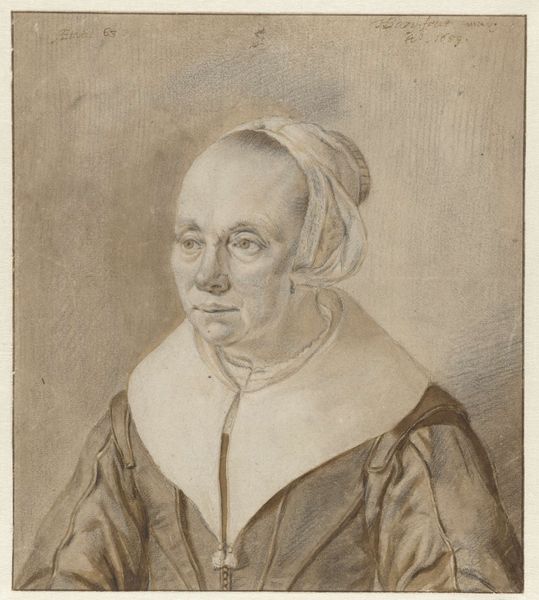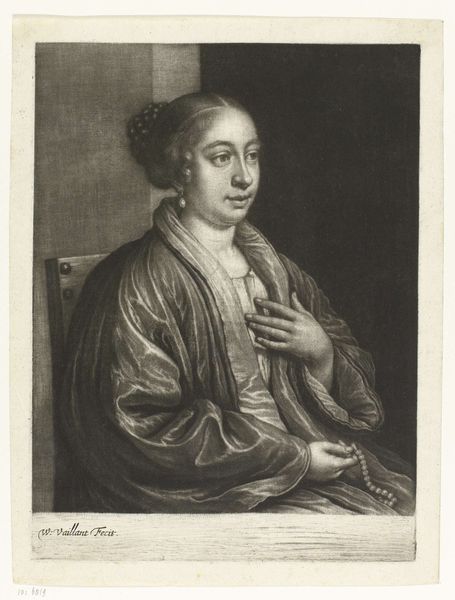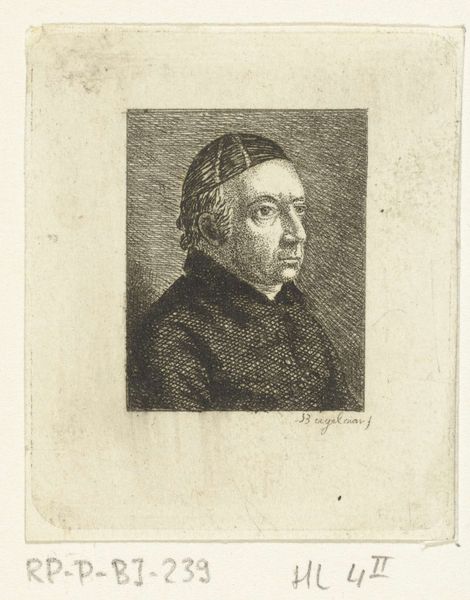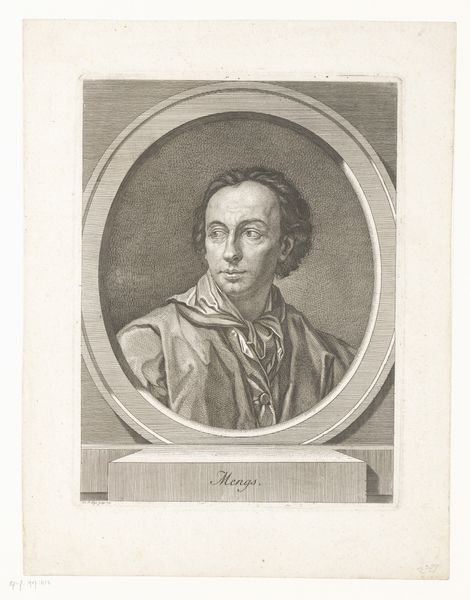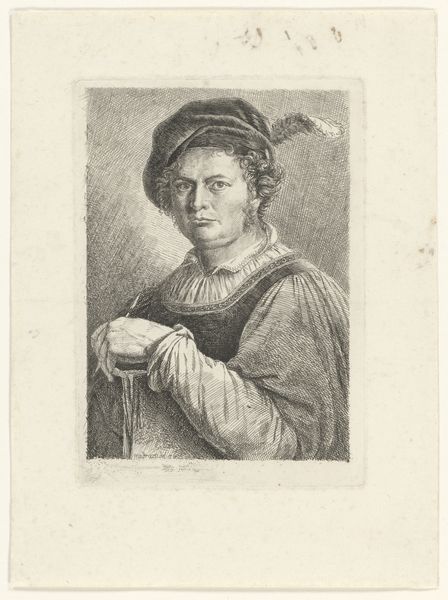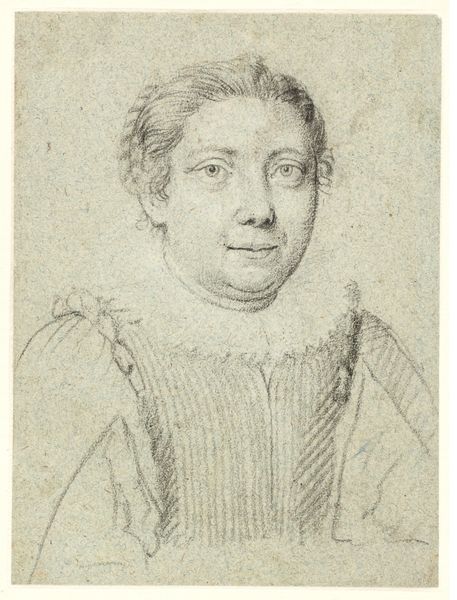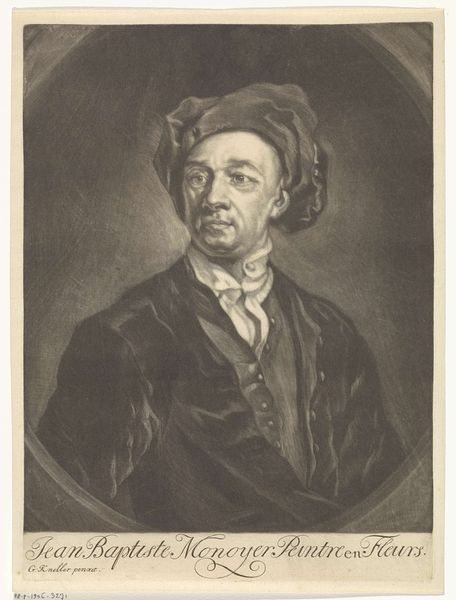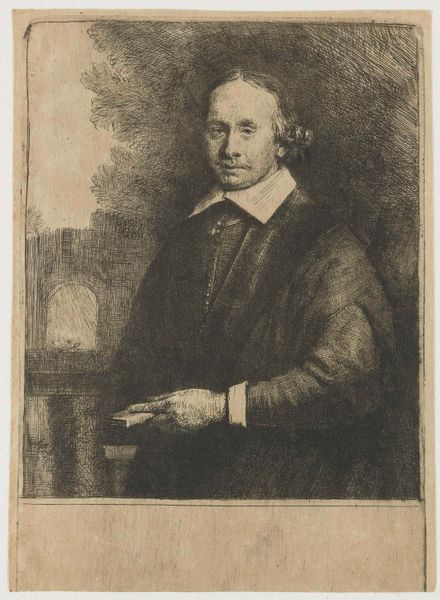
drawing, print, paper, pen, engraving
#
portrait
#
drawing
#
baroque
# print
#
charcoal drawing
#
paper
#
historical photography
#
pen
#
engraving
Dimensions: height 352 mm, width 257 mm
Copyright: Rijks Museum: Open Domain
Editor: This is an engraving from 1735, titled *Portret van onbekende man in bontmantel* – Portrait of an Unknown Man in a Fur Mantle. It was done by Bernhard Vogel, using pen, charcoal and engraving. The soft, hazy light gives it such a mysterious and slightly melancholy feel, doesn't it? What's your take on this portrait? Curator: That melancholy, as you put it, might be precisely what Vogel intended, yes! Look at how the fur mantle suggests wealth and status. Considering the era, what statement could Vogel be making about social mobility and power through portraying an "unknown" man in such finery? Editor: So, perhaps he’s making a statement about who gets remembered and why? Curator: Precisely. Before photography, portraits like this defined visual legacy, solidifying the subject’s presence in history. How do you think this particular print, made for circulation, affected that legacy? Did it democratize it or further stratify representation? Editor: I suppose making it a print made it more accessible, but it's still a portrait of someone relatively wealthy given the fur, right? So maybe it only widens the circle slightly, not democratize it completely. It seems almost aspirational. Curator: An excellent point. The print could function as propaganda or even advertising – legitimizing wealth and influencing viewers to see it in a positive light. That Latin inscription from Ovid, which translates roughly to "Let virtue and knowledge endure through the ages," further supports this, suggesting the sitter values both learning and virtue alongside material wealth. Do you agree? Editor: I do, now that you point it out! I was so focused on the "unknown man" aspect, but the combination makes it clear he's sending a message. This portrait becomes so much more than just a depiction of an individual. Thank you for illuminating that connection for me. Curator: And thank you for your insightful observations. Analyzing visual art through the lens of its societal role opens doors to understanding both the piece and its time.
Comments
No comments
Be the first to comment and join the conversation on the ultimate creative platform.
